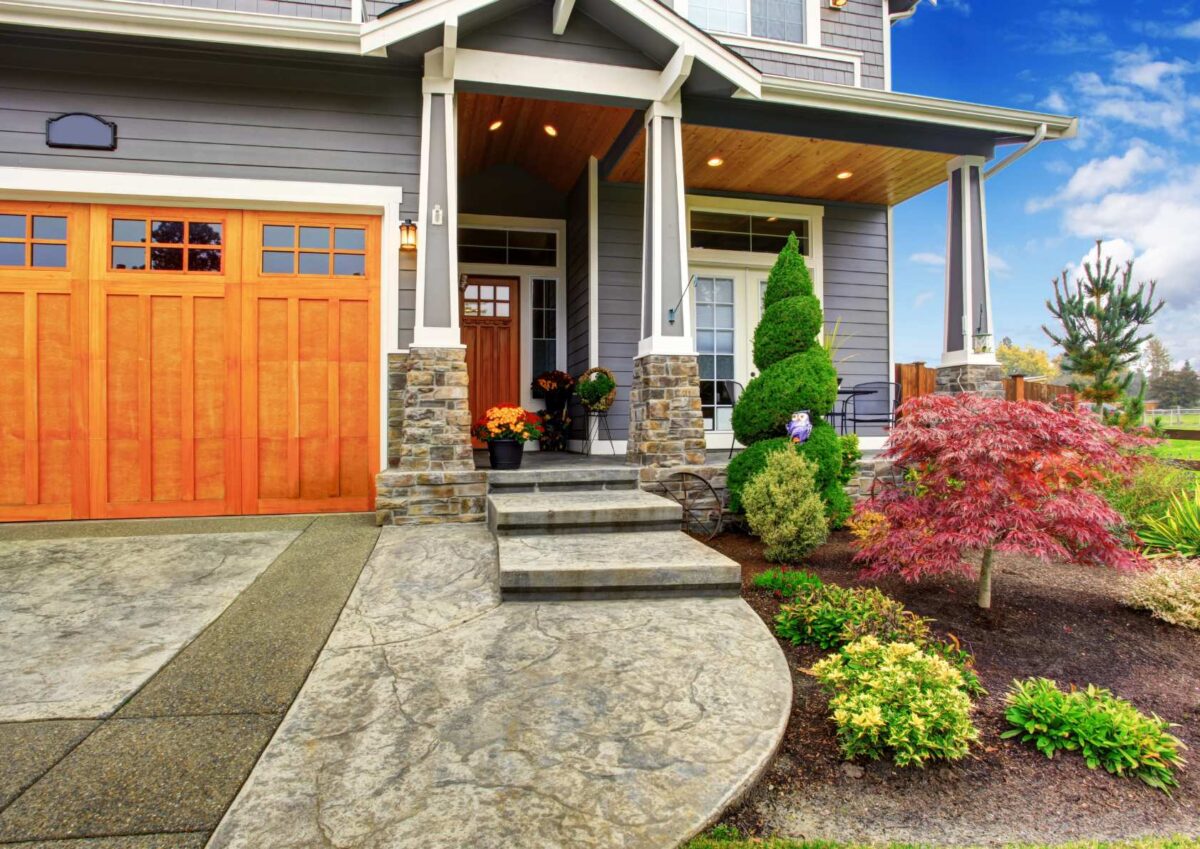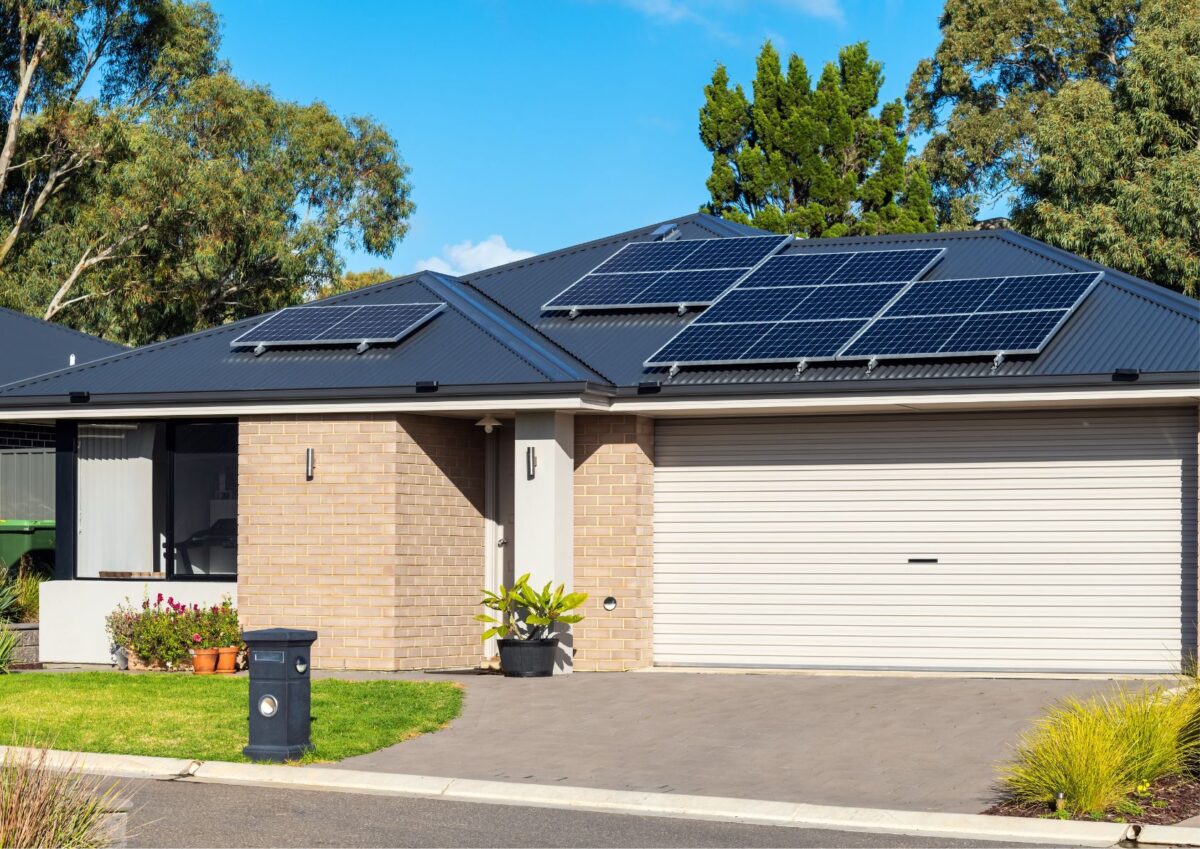Introduction
The housing market this summer is already shaping up to be one of the most talked-about topics in real estate circles—and for good reason. With interest rates, inventory, and buyer behavior all shifting, both seasoned investors and first-time homebuyers are paying close attention. In this post, we’ll explore what’s happening in the housing market this summer, including emerging trends, challenges, and opportunities you should know about. Whether you’re buying, selling, or simply watching the market, these insights will help you make informed decisions.
Rising Interest Rates and Their Impact
One of the most significant factors affecting the housing market this summer is the movement of mortgage interest rates. Over the past year, rates have remained higher than many would prefer, and while some economists predicted a drop in 2025, recent economic reports suggest rates may remain steady or even rise slightly through the season.
What this means for buyers and sellers:
-
Buyers may face reduced purchasing power, which could limit their home choices or push them to explore more affordable areas.
-
Sellers might see fewer bidding wars as affordability constraints temper buyer enthusiasm.
Still, the summer season traditionally brings more activity to the market, and well-priced homes in desirable locations are expected to remain competitive.
Inventory Levels Are Slowly Climbing
After years of low housing inventory, there’s finally some movement. The number of homes on the market has been creeping up in many regions, giving buyers a bit more breathing room. However, we’re still far from a buyer’s market in most areas.
What this means for the market:
-
Sellers will need to price strategically and invest in minor updates to stand out from the growing competition.
-
Buyers may have more choices, but desirable homes in move-in-ready condition still go fast.
This gradual increase in listings contributes to a slightly more balanced housing market this summer, though not enough to dramatically shift the playing field.
Shifting Buyer Preferences Post-Pandemic
Another notable trend in the housing market this summer is the shift in buyer preferences. Since the pandemic, remote work and lifestyle changes have influenced what people are looking for in a home.
Key buyer trends include:
-
Increased demand for home offices, flex spaces, and outdoor living areas.
-
A continued preference for suburban or small-town living over dense urban environments.
-
A willingness to move to new states or regions with better affordability and quality of life.
Real estate professionals who understand and cater to these preferences can better serve their clients and close more deals.
Regional Variations Are Significant
It’s important to note that the housing market this summer isn’t experiencing a uniform trend nationwide. While some cities are seeing strong growth and high demand, others are cooling off.
Examples:
-
Sun Belt states like Texas and Florida continue to attract buyers due to no state income tax and warmer climates.
-
High-cost coastal cities may see a slowdown in demand as affordability remains a major concern.
-
Midwestern and Southeastern metros are gaining popularity thanks to more reasonable price points.
Understanding these regional differences is crucial whether you’re investing, relocating, or simply watching for trends.
The Bottom Line
The housing market this summer presents a mix of challenges and opportunities. Interest rates remain a key factor, but rising inventory and evolving buyer preferences are shaping a new landscape. Whether you’re actively participating in the market or observing from the sidelines, staying informed is the best strategy. By keeping a close eye on local trends and national shifts, you’ll be better prepared to make your next move.




























